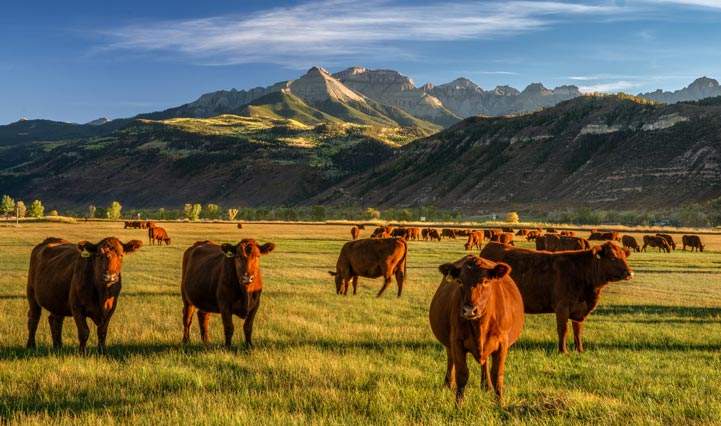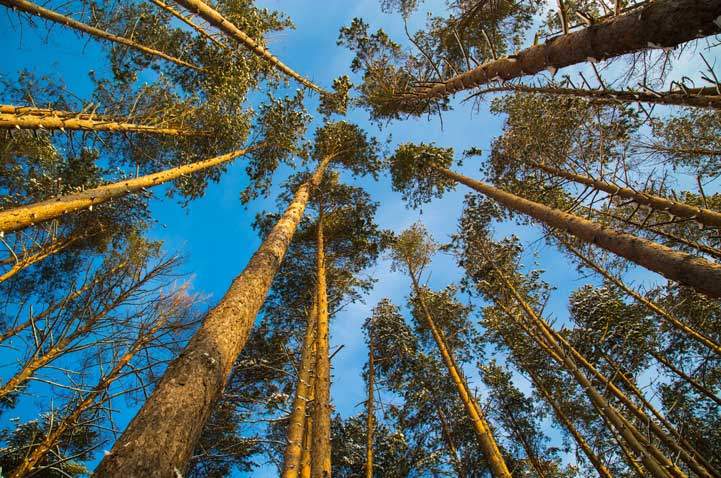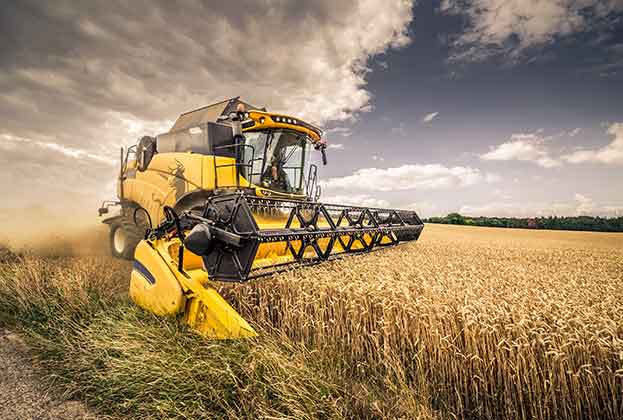We look at the initiatives around the world that reward climate-friendly farming practices
Efforts to develop soil carbon markets continue around the globe, with some of our core Global Farmland Index countries leading the way. We analyse here various national schemes attempting to address the issues in the market.

UNITED STATES OF AMERICA
In 2021, the Growing Climate Solutions Act passed through the Senate and, at the time of going to print, is expected to pass through the House of Representatives. This legislation is designed to make it easier for farmers to sell carbon credits by directing the US Department of Agriculture (USDA) to create a certification process for third-party experts to help farmers verify the credits they generate.
For years, organisations known as carbon offset registries – such as Climate Action Reserve and American Carbon Registry – have worked with scientists, companies and environmental NGOs in an effort to create effective markets by developing detailed protocols, such as the Grassland Protocol. This protocol is for verifying emissions reductions associated with the avoided conversion of grassland to arable, rewarding farmers for protecting grassland while allowing the land to be grazed and fertilised organically.
While these protocols are thorough, paired with transaction costs, they are expensive for farmers to implement. One company attempting to address this is Nori, which uses third parties to verify the credits. It has created its own protocol and offers farmers a 10-year contract. Nori also allows individuals to buy carbon offsets by the tonne to offset the carbon they generate by flying, for example.
CANADA
Since 2019, every jurisdiction in Canada has had a price on carbon emissions. Canada’s approach is flexible: any province or territory can design its own pricing system tailored to local needs, or can choose the federal pricing system, known as the Carbon Pricing Backstop. The scheme is a combination of a carbon tax (for fossil fuels) and an emissions trading component for industrial facilities emitting above certain thresholds. Earlier this year, the federal scheme put forward proposals for an Enhanced Soil Organic Carbon protocol although some provinces, such as Alberta, already operate a soil carbon offset system.
Canada’s approach is flexible: any province or territory can design its own pricing system tailored to local needs, or can choose the federal pricing system, known as the Carbon Pricing Backstop
Nicola Buckingham, Director, Rural Research
The Conservation Cropping Protocol is an example of a programme in Alberta, which provides opportunities for farmers to earn carbon offsets by increasing soil carbon levels through no-till management and reducing greenhouse gas emissions from lower fuel use. It is estimated that over a third of the arable acres in Alberta are farmed in line with the protocol, sequestering 600,000 to 700,000 tonnes of carbon per year.
AUSTRALIA
Australia boasts a robust soil carbon market with an established government-backed marketplace and a regulated, empirical measurement methodology. The country adopted a national Carbon Pricing Mechanism and an emissions trading scheme in 2011 and, to run concurrently, set up the Carbon Farming Initiative (CFI). The CFI was the first nationwide example of carbon credit creation and trade mechanism by the agriculture and forestry sectors to a wider market.
In 2014 the Carbon Pricing Mechanism was replaced with the Emissions Reductions Fund (ERF), which works on a reverse auction model. Carbon Farming projects bid their carbon mitigation/avoidance strategies, detailing the total operational cost, and the most cost-effective projects are subsequently bought at auction. Although transition to the ERF has led to substantial decreases in the price of carbon (from approximately $23AUD to approximately $12AUD per tonne CO2e), contracts granted to farmers are more economically stable and so favourable, providing steady incomes over longer periods of time. As of October 2020 more than 85 million carbon credits, each equivalent to a tonne CO2e, have been issued.
EUROPEAN UNION
Early in 2021, The Farm to Fork strategy included a new EU Carbon Farming Initiative that will be launched at the end of the year. The initiative will reward climate-friendly farming practices, via the Common Agricultural Policy or through other public or private initiatives linked to carbon markets. The Farm to Fork strategy also establishes that the EU Commission will develop a regulatory framework for carbon credits.
Until this feeds through, offset schemes exist voluntarily. One such scheme is Soil Capital Carbon, which claims to be Europe’s first certified multinational scheme, currently involving farmers from the UK, France, and Belgium. The firm measures the on-farm greenhouse gas balance, rewarding farmers who reduce their carbon emissions as well as sequester carbon.
Soil Heroes, a Dutch startup, has pilot projects across Europe. The firm focuses on farmer to purchaser relationships, enabling the purchaser to invest in a range of ecosystem services derived from regenerative agricultural practices. The ecosystem services are measured and verified by Soil Heroes, using a baseline measured by an independent party.
Observations on an emerging market
Standardisation, innovation and investment
A recurring issue is that the costs associated with accurate measurement of soil carbon mean that it is currently prohibitively expensive for some land managers to enter the market. Without improved technology and innovation to tackle this problem there is a risk that companies could sell credits without scientifically assured evidence that carbon has been sequestered. The private marketplace may enable and encourage the innovation that is required, but it remains a risk that with so many emerging companies, all with differing approaches, the lack of standardisation will undermine the legitimacy of the soil carbon market as a method of tackling the global climate crisis.
Companies need to invest in decarbonisation as a first port of call, not purchasing credits as a greenwashing exercise
Nicola Buckingham, Director, Rural Research
Microsoft recently announced an investment of 193,000 tonnes in two soil carbon projects in Australia and America. In their recent report on carbon removal, the investment falls within their short-term natural solutions and they state that an ideal soil project includes baseline and verification in-soil sample measurements to supplement modelling, aiming for 30–50cm depth in the long term. Furthermore, the project should demonstrate distinct and measured tallies of removal and avoided emissions. The company acknowledged that the market is relatively immature and that measurement is expensive, but their decision to support the market is indicative of its importance and potential.
Ultimately, companies need to invest in decarbonisation as a first port of call, not purchasing credits as a greenwashing exercise. Offsetting is the answer to tackling residual emissions only.

DIFFERENT APPROACHES
Sweden doesn’t have a market for soil carbon but operates one of the highest carbon tax regimes in the world, with a polluter paying approximately $140 per tonne of CO2e. While agriculture is excluded, this tax has facilitated substantial reductions in emissions across the country, with total emissions to 2010 being the equivalent of the level in 1960, despite national population growth.
In 2008, British Columbia in Canada introduced a carbon tax on all fossil fuels bought or combusted except ship and aircraft fuel. The fact that some agricultural inputs, such as diesel, were included, sparked fears that farmers in that region would be uncompetitive. At the start the tax rate was $10/tCO2e, representing an increase of 2.69¢/litre of diesel; and increased to $30/tCO2e, equivalent to 7.67¢/litre. The tax was amended in 2012 to allow agriculture as an exemption, but a later study found no credible link between impact on agricultural trade and the carbon tax.
Read the articles within Global Farmland Index below.


